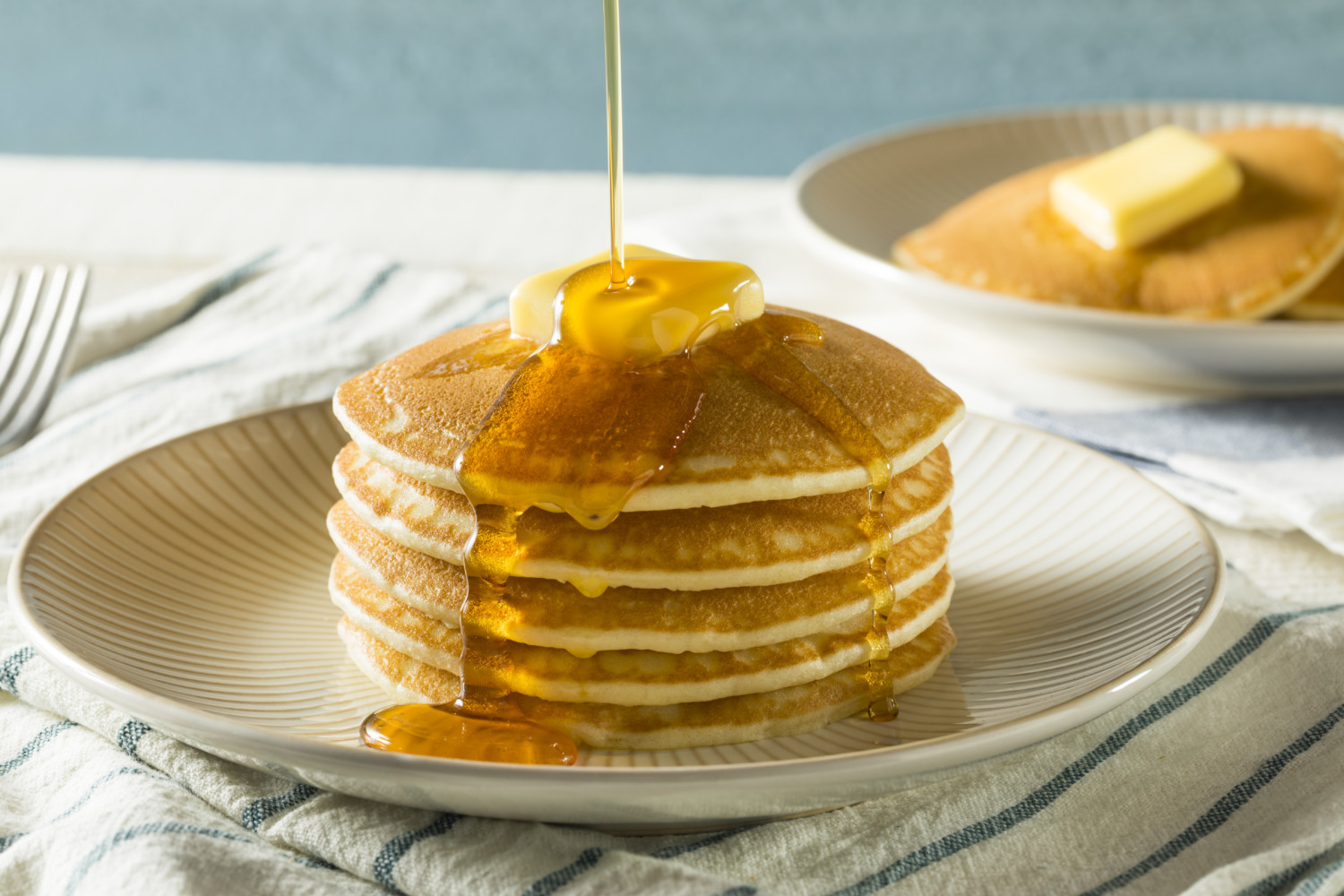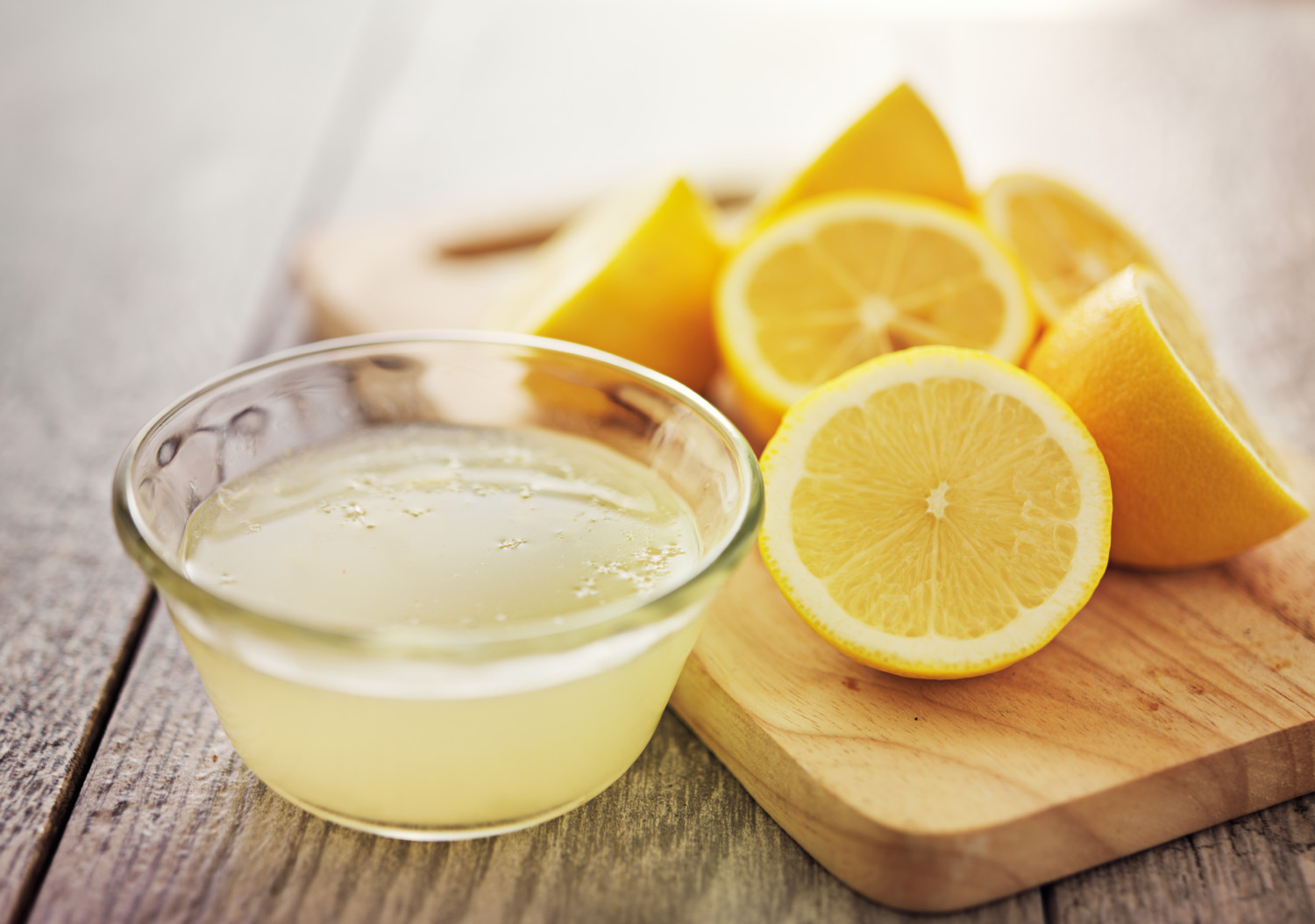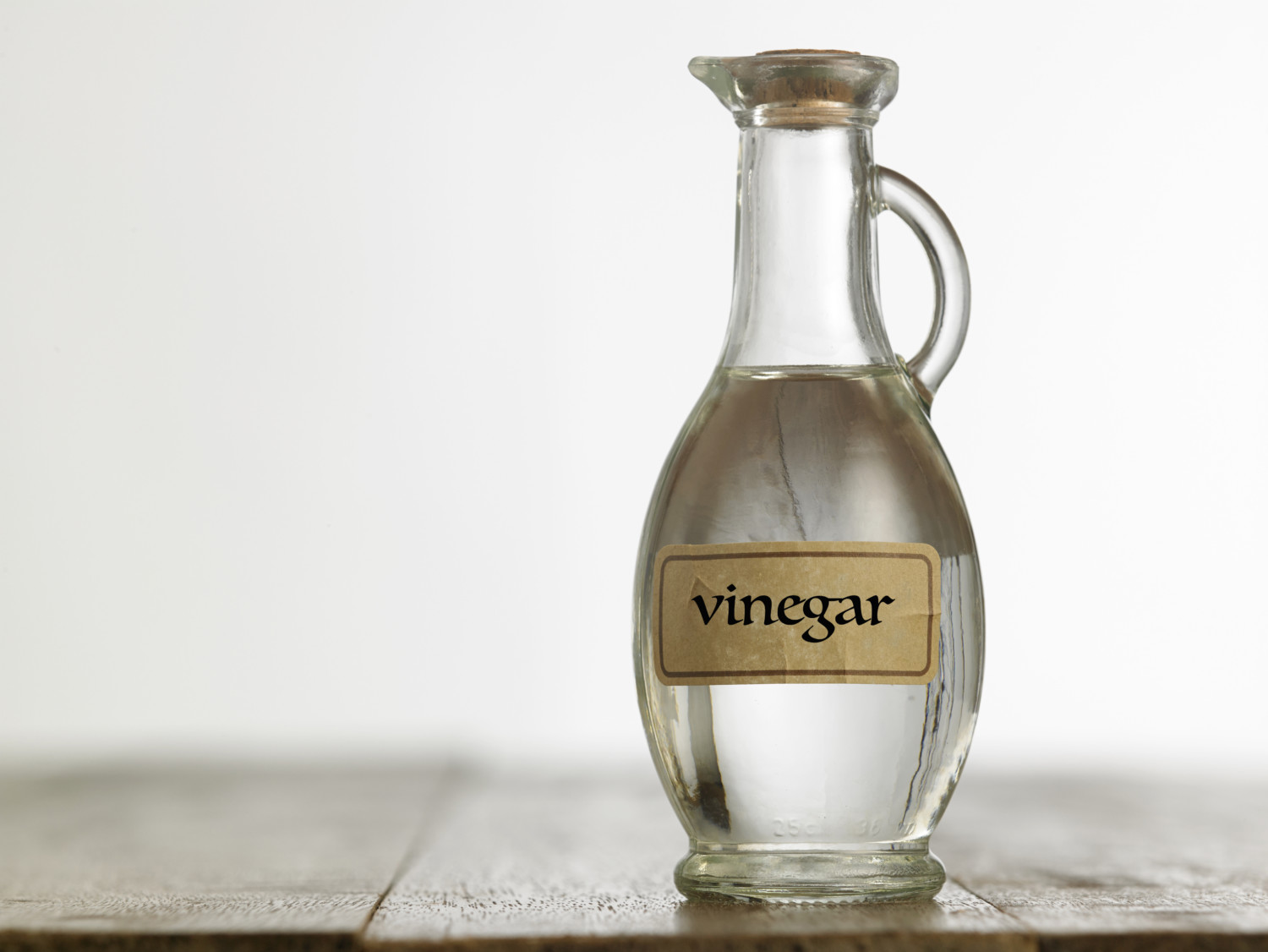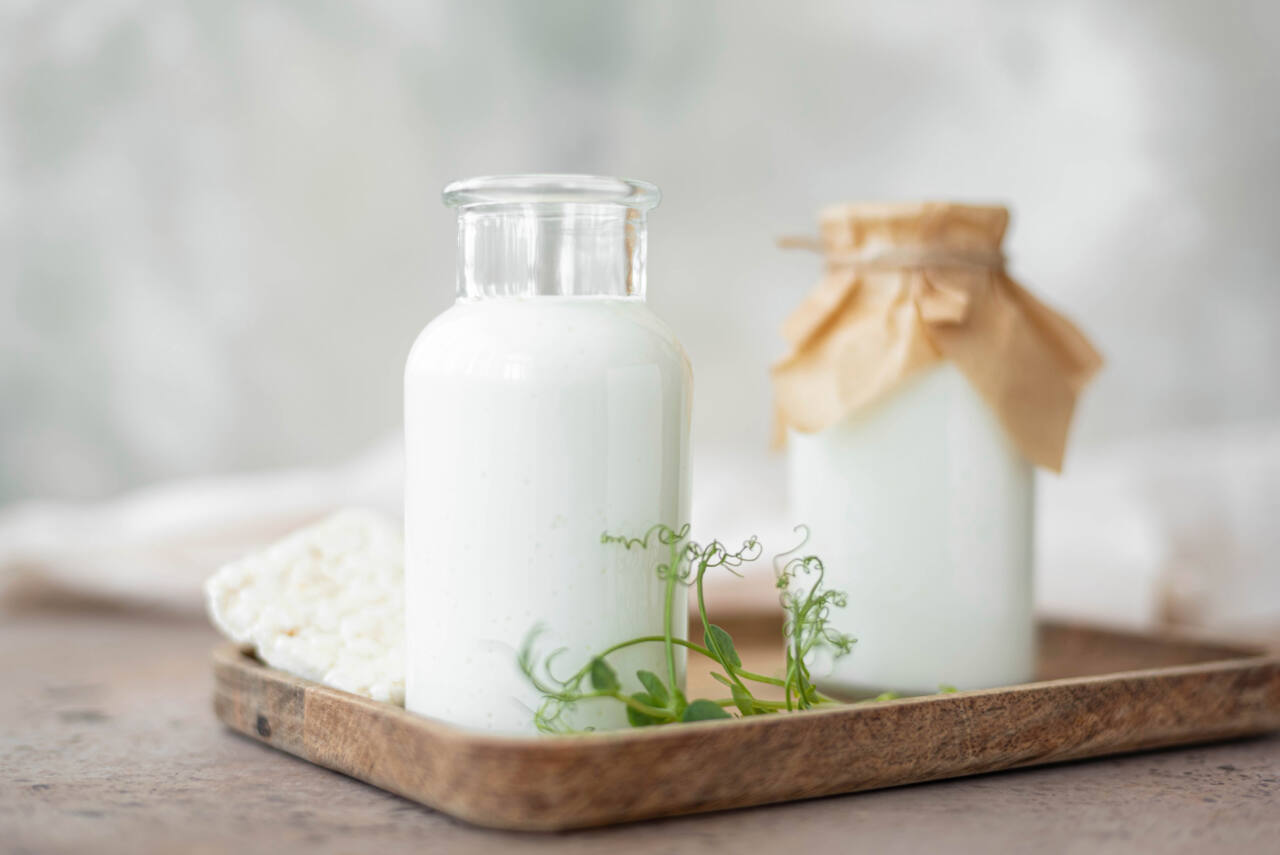Sometimes you see it coming: Buttermilk pancakes. Buttermilk fried chicken. Buttermilk biscuits.
Other times, it sneaks up on you: “Wait, there’s buttermilk in this recipe?”
If you don’t have it on hand, you may be tempted to just skip it. But you really shouldn’t if you can help it — buttermilk’s benefits in terms of flavor and texture are almost always worth the trouble. It tenderizes meat, adds lift to baked goods, and provides a pleasant tang to already comforting dishes.
Fortunately, just like making your own heavy cream in a pinch, you can easily make your own buttermilk at home with ingredients you may already have. And since most of us don’t regularly stock up on buttermilk on our grocery runs, it’s a good skill to keep in your back pocket for future use.

What Is Buttermilk?
In short, buttermilk is a fermented dairy product. Originally, buttermilk was the term used for the excess liquid that’s leftover from churning butter — the fat solids become butter and the liquid becomes buttermilk.
Folks used to let the buttermilk ferment naturally. It would thicken and acquire a sour flavor from local bacteria doing their thing. Modern buttermilk gets those same qualities through the use of much more controlled production methods.
How to Make Buttermilk From Milk
You don’t need to be in the butter-churning business to whip up some buttermilk. All you need is some milk and an acid — white vinegar and lemon juice are popular choices.
Start with milk that has any percentage of fat you want, though milk with a higher fat content will better mimic the texture of store-bought buttermilk. The method is super easy regardless of which ingredients you choose. After all, we’re not actually culturing buttermilk, we’re just doing our best to replicate it.

How to Make Buttermilk With Vinegar
To make buttermilk with white vinegar or lemon juice, pour 1 tablespoon of the acid into a 1-cup measuring cup. Then fill the cup to the 1-cup mark with milk, then let stand for 10 minutes.
The vinegar or lemon juice will cause the milk to curdle and thicken. And then it’s ready to use. You can easily scale the recipe up or down, too, depending on how much buttermilk your recipe requires.

Buttermilk Substitutes
If you’ve got to take a completely different route, there are other ways to imitate the flavor and utility of buttermilk.
For example, you can keep shelf-stable buttermilk powder on hand, or simply use kefir. Also, thin out sour cream or plain Greek yogurt using either water or milk. This will give you a hint of buttermilk’s tanginess — and the consistency of your baked goods will be close to the real thing.
It’s easy to make a non-dairy buttermilk substitute, too. Just like the dairy version, mix 1 cup of the milk of your choice with 1 tablespoon of white vinegar/lemon juice/apple cider vinegar. Alison Andrews, the blogger at Loving It Vegan, recommends using soy or almond milk because they’ll actually curdle, like dairy milk.
Make sure your non-dairy milk is unsweetened if you’re using it as a buttermilk substitute.
How to Culture Your Own Buttermilk
Habitual buttermilk users might consider this method from Serious Eats to keep the stuff handy without perpetually adding it to the grocery list.
All you need to start is 2 tablespoons of store-bought buttermilk and 2 cups of the dairy milk of your choice.
MORE: This Buttermilk Pecan Pralines recipe is a delicious Southern classic for the holidays

Mix the buttermilk and milk in a glass container, like a mason jar. Cover the jar with a coffee filter or cheesecloth — something light and breathable. Then leave the jar in an area that’s at least 70 degrees Fahrenheit for 10 to 24 hours, until the milk acquires a yogurt-like texture.
Refrigerate the jar for six hours to stop the fermentation process, and give it a good stir before using.
You can keep the buttermilk cultures lively by making a new batch once a week or so, scaling the recipe to match your usage.
How to make buttermilk at home originally appeared on Simplemost.com


